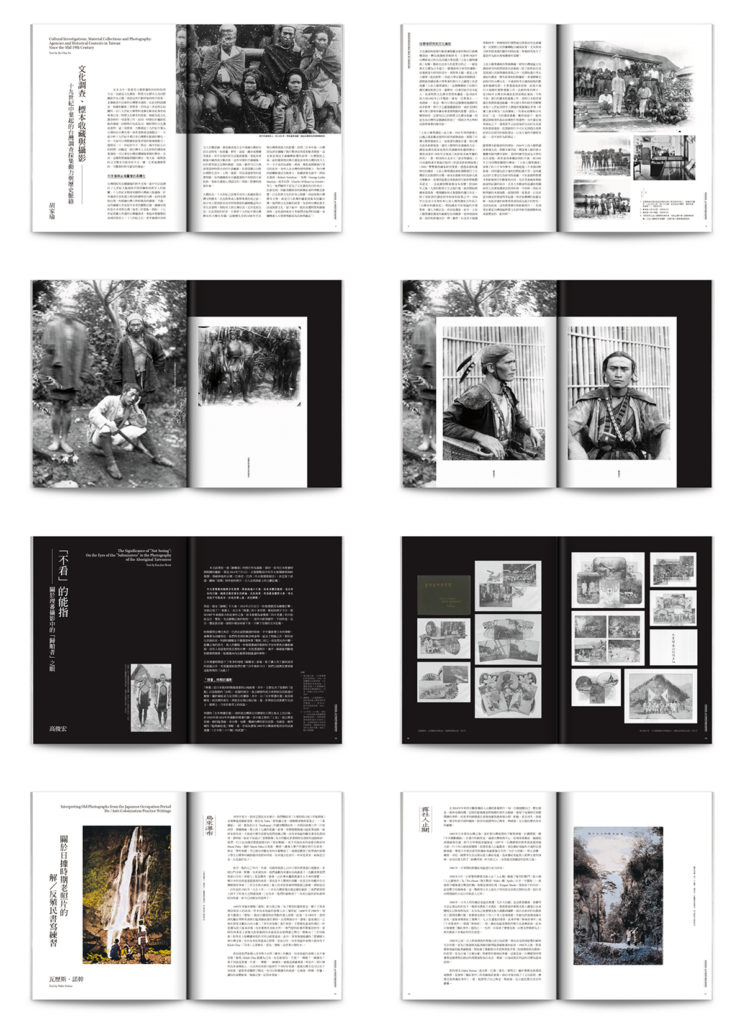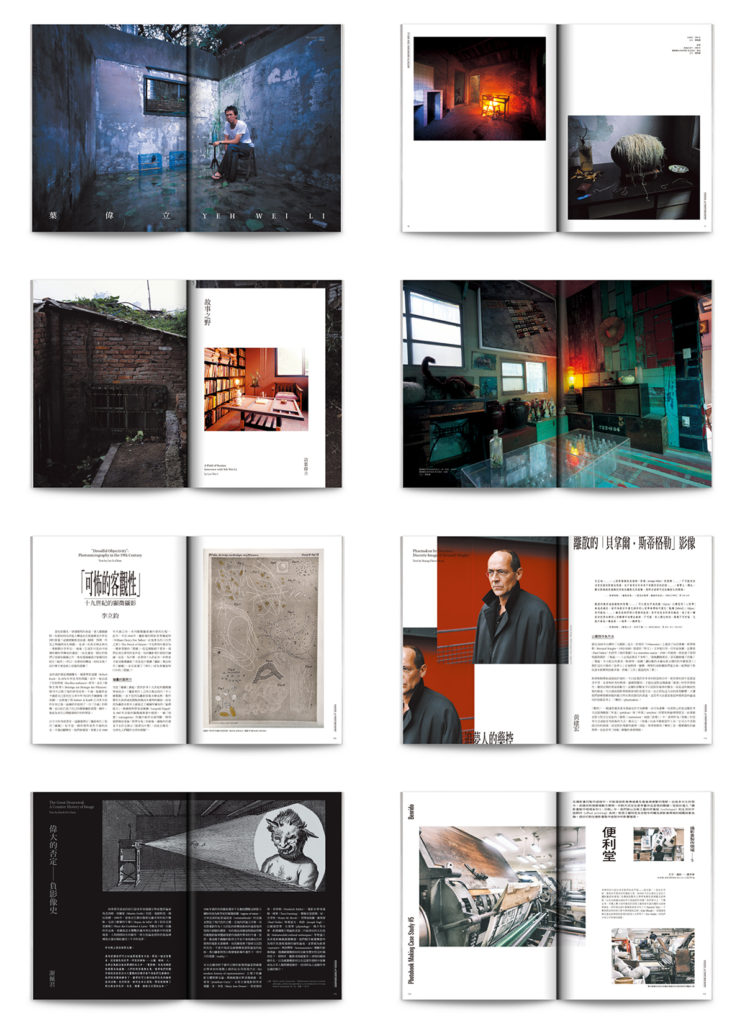
VOP Issue 29 : 被攝影史──成為影像的台灣 History of the Photographed: Taiwan as an Image
Publisher:
Publishing Date:
ISBN:
Format :
Category:
Price:
As we continue on the topic of the history of photography, we turn to our own photography experiences in this issue – our history of being photographed. It takes root in Taiwan’s colonial history, from the collection of anthropological surveys in the 19th century, to the acts of violence at the defence lines as they pushed on during the Japanese colonial era in the early 20th century, as well as the exhibition of the “Taiwanese” imagery and ethnicity at various expositions held during the Japanese colonial rule. These form the beginnings of a systematic effort to visualize Taiwan. How did we become the photographed, a scientific specimen, a totemic image? How did we become visually part of (or excluded from) the rectification process of nationality and culture, that continues to trouble us till now? The veiled history of such an image – the history of being photographed – guides the beginning of our journey of looking back at the “history of photography”.
With this, we attempt to cross-examine “history” and think through the control and disposition that led us into “becoming an imagery” and “going into the history of photography”, hoping to break free from the existing framework of “the history of the photograph(er)” and enlighten our awareness of the “history of the photographed”. We reckon this could allow us to discover the historical heritage of photography that is even more important to us and generate our very own alternative view of the history of photography.
The collection of imagery and essays in this series marks the complexity and conflicts in our historical experience of “being photographed”. We begin with the late anthropologist Hu Chia-Yu’s field research of Taiwan’s anthropology from the early years to the post-war period as we explore the knowledge-based development and contemporary meaning of imagery collection. Huang Han-Di traces the footsteps of Japanese anthropologists Torii Ryuzo and Mori Ushinosuke in their study of the Taiwanese indigenous peoples in the colonial era, detailing the historical impact that they had. Kao Jun-Honn takes a second look at the faint gaze in the eyes of those who had pledged allegiance, as captured in the many portraits of the “submissives” kept at the Governor-General’s office during the Japanese rule. Walis Nokan expresses his and his fellow people’s real perception of the history of photography as they had experienced it in his de-/anti-colonization writings. Matsuda Kyoko analyses the visual strategy of shaping “Taiwan” through the living displays at the Tokyo Colonization Exposition of 1912.

In this issue’s “Artist’s Showcase”, we feature an in-depth interview with artist Yeh Wei-Li, showing our readers his unique field of imagery that extends from his art of intervention, a record of his neverending contemplation with regard to labor and art. Moving on to essays on visual imagery, we present a new scientific photography column by imagery researcher Lee Li-Chun, who unveils the “imagery problem” that underlies scientific practice, beginning with cognitive dialectics of “objectivity” of photography by scientists that stemmed from the debate sparked by illustrating and photographing bacteria in the 19th century. Hsieh Pei-Chun continues with her introduction to imagery/visual theory from an earlier issue, and explains in detail how Western academia has refuted the existing linear view of visual machinery as a modern development. Edwin K. Lai’s series on the origins and development of Hong Kong photography tells us about the first 3D photograph from the Far East that aimed to entertain a Western audience with “Hong Kong as an image” in the late 1850s. In addition, we specially invited Huang Chien-Hung to commemorate the French philosopher Bernard Stiegler, who had recently passed, and the continuous techniques and time that stems from his philosophy of imagery.
At the same time as we (run off our feet to) prepare for the publication of this issue, Voices of Photography is going into its 10th year, and what an incredible journey it has been. We sincerely thank all our readers for keeping us going, and express our heartfelt gratitude once again to all our friends and partners who have worked with us and given us the courage to overcome our difficulties to march on on this winding road.

